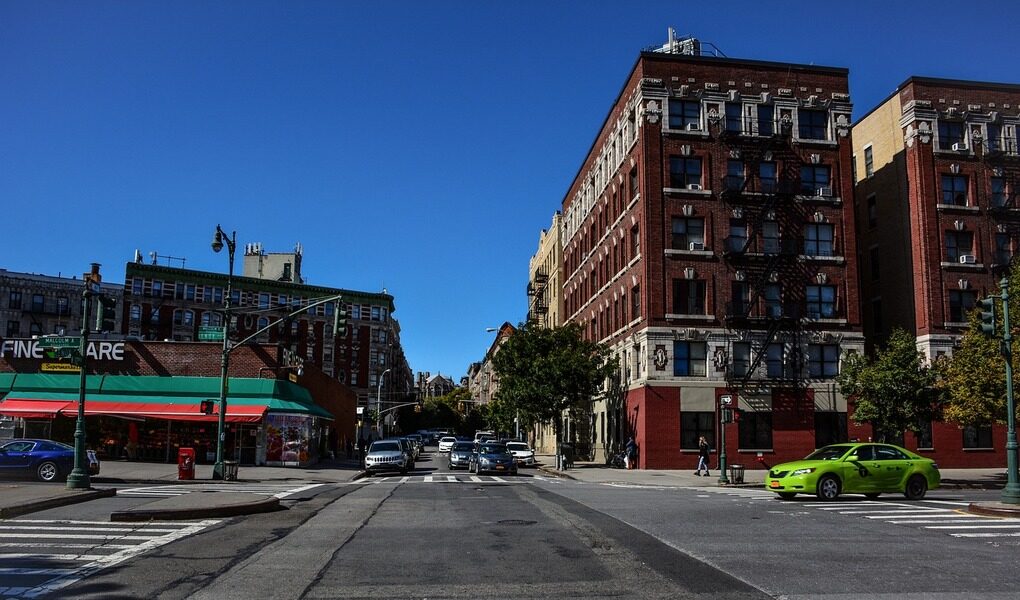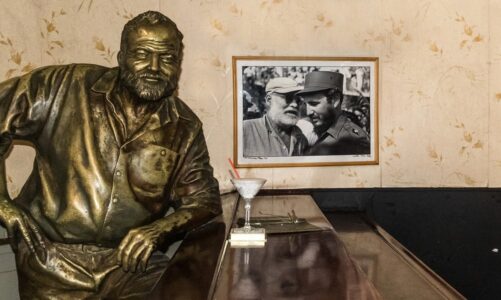The twenties were a qualitatively new, higher stage in the development of Native American prose, which at this time turned widely to the genre of the novel, which later became central to it. Along with the Western and the regional narrative, which had already been tested by Native American writers, the lyrical-psychological novel, characteristic of U.S. literature of that decade, began to develop. Remarkably, it remained mainstream in the 1930s; the tribute paid by Native Americans to the social proletarian novel of the “red decade” was minimal. Native American authors focus not on social contradictions, but on the clash of cultures and its impact on the individual.
Indian lyrical prose of the ’20s and ’30s developed the theme of the dual position of half-breeds (“Half-breeds” (1927) by Morning Dove, of the Okanogan tribe; “Three Brothers” (1935) by John Milton Oskinson, of the Cherokee tribe; “Surrounded” (1936) by Darcy McNickle, of the Flathead Tribe), as well as the theme of the World War I veteran who, upon his return, cannot find himself in either Indian surroundings or in “white” society (like Challenge Windsor in John Joseph Mathews’ “Dawn” (1934), of the Osage Tribe). Some of the plot motifs and characters in these works directly anticipated the Native American prose of the 1970s and 1990s.
The true flowering, however, was in the 1920s of African American literature. This flowering was, on the one hand, an organic part of the overall postwar upsurge in U.S. literature, but on the other, it was also one manifestation of the upsurge of black culture that stunned white America and went down in history as the Harlem Renaissance. By the end of World War I, in place of the former self-assertion of a race of former slaves in the original “white”, “master” sphere – the sphere of creativity – a distinctive art, filled with a sense of dignity and significance, had finally taken shape.
The Harlem Renaissance began as a literary movement, with the novel The Reed by Jean Toomer (1923), the poetry of Langston Hughes (Tired Blues, 1926), Claude Mackay and County Cullen, the prose of William DuBois (The Dark-Skin Princess, 1928) and Zora Neale Hurston (The Eyes That Saw God).
It was something new not only in Afro- but in American literature in general, puritanically constrained and turned predominantly (except maybe Dreiser and Stephen Crane) to a patriarchal existence. It is no coincidence that this novel is now regarded as one of the outstanding events of postwar prose in the United States. It is a bold and original experiment, a sharply modern urban literature, and it is a manifestation of liberation – physical, psychological (for the novel provides an outlet for repressed impulses) and aesthetic – freedom of self-expression.
This novel is a kind of model of Harlem Renaissance culture that draws on African American song and narrative folklore and combines its free rhythm, its underlying power and nervous energy with the strong uneven pulse of the big modern city. All this is transformed into aesthetically new and edgy forms, expressing as best as possible the free and cosmopolitan spirit of the times.
The Harlem Renaissance is also remarkable because it proved to be a unique phenomenon. For the first time, black musicians, artists, and writers did not oppose whites. At the same time, they did not abandon their roots, did not seek to “pass for white”, on the contrary, they even toyed with the idea of “black Africa. But their “blackness” was for them only one of the means, not the end, of self-fulfillment. They felt like equal members of the great cosmopolitan brotherhood of talent. For the only time in the history of African-American culture they were expressing an individual creative consciousness, not a racial or a class one.
The early work of Richard Wright (1908-1960), following the Harlem heyday, is very characteristic of the period: the short story collection Uncle Tom’s Children (1938), the novels Son of America (1940) and Black (1945). This phenomenon in its own impressive, large and talented. Wright’s denunciatory pathos, his fierce hatred of whites, his threatening demonstration of the destructive impulses of black nature that accumulate under the pressure of social injustice (they are especially evident in the character of Bigger Thomas, the “son of America”) are telling. The author’s blatant (admittedly Wright himself) imitation of the manner of G. Uncle Tom’s Children”, as well as the perception of Wright’s autobiographical character, a black artist (“Black”), of creativity as a weapon against white society.
These features of early Richard Wright’s manner, ideologically and partly artistically, mark a giant step backward from the African-American prose of the 1920s, to W.W. Brown’s “Clotelle” and the passionate revelations of “The Life of Frederick Douglass” (remarkably, it and Wright’s autobiographical novel “Black” are separated by exactly one hundred years).



